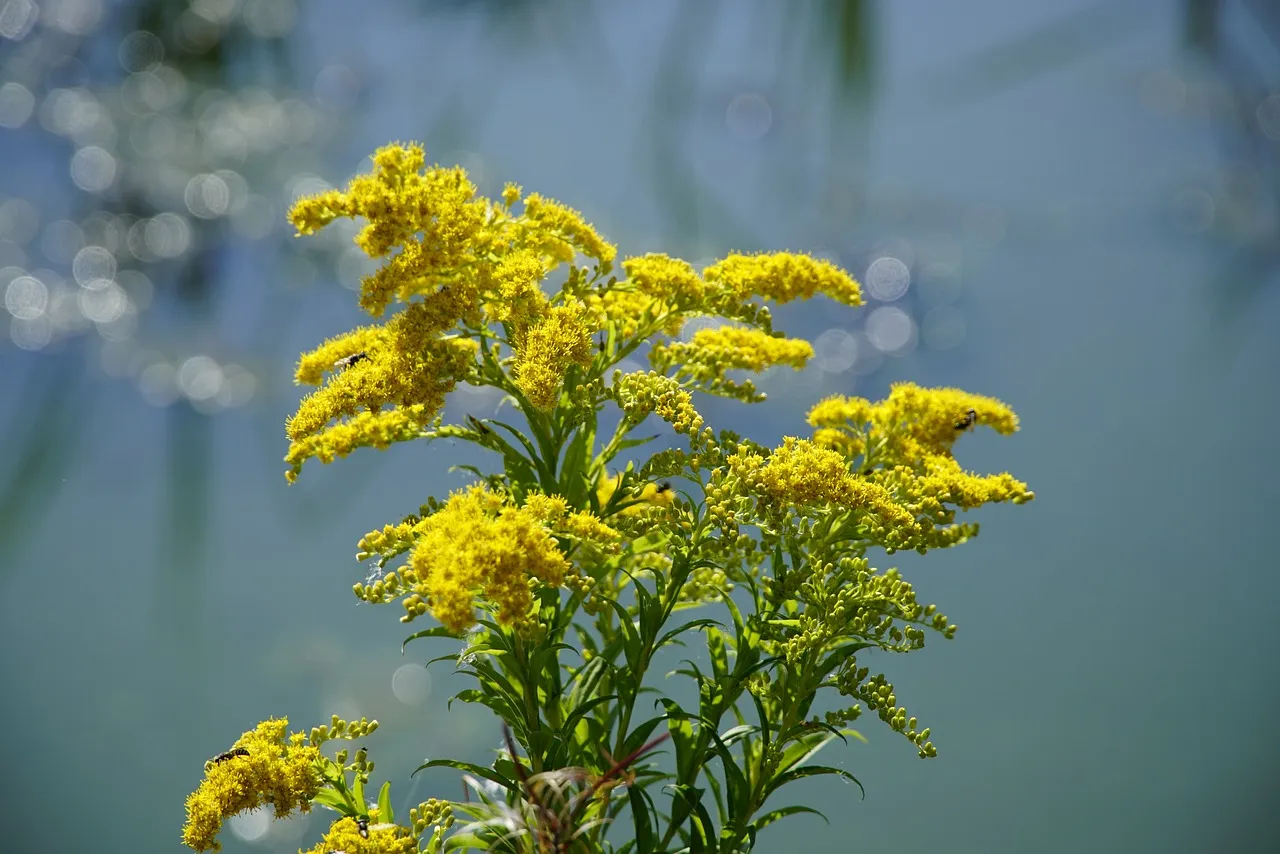Carpenter bees, often mistaken for bumblebees due to their similar appearance, are notorious for nesting in wooden structures, causing potential damage to homes and landscapes. While these bees play a crucial role in pollination, their increasing populations in urban and suburban areas raise concerns about property damage and ecological balance. One promising approach to managing carpenter bee populations is through symbiotic relationships with predatory insects. This article delves into how certain plants can attract beneficial predatory species, such as wasps, which may help control carpenter bee populations while maintaining ecological harmony. By integrating these plants into landscapes, we can foster natural pest control methods that reduce reliance on chemical pesticides.
Understanding Symbiotic Relationships
Symbiotic relationships are interactions between different species that benefit at least one party. These relationships can be classified into three primary categories: mutualism, commensalism, and parasitism. In the context of managing carpenter bees, we will focus on mutualistic and commensal relationships, where plants provide resources for predatory insects while gaining benefits in return, such as improved pollination or pest control.
The Role of Predatory Insects
Predatory insects, particularly certain species of wasps, play a vital role in controlling pest populations. Wasps are natural enemies of various pests, including carpenter bees. By attracting these beneficial insects to gardens and landscapes, homeowners can encourage natural predation, reducing the need for chemical interventions.
Plants That Attract Predatory Wasps
Several plants are known to attract wasps, which can serve as biological control agents against carpenter bees. Here’s a detailed look at these plants and how they can be incorporated into landscapes.
1. Yarrow (Achillea millefolium)

Benefits:
Yarrow is a perennial herb known for its ability to attract a variety of predatory insects, including parasitic wasps. The plant produces clusters of small flowers that provide nectar and pollen.
Integration Tips:
- Plant in Clusters: Group yarrow plants together in sunny areas to create attractive patches for wasps.
- Companion Planting: Pair yarrow with other flowering plants to enhance biodiversity and create a hospitable environment for predatory insects.
2. Fennel (Foeniculum vulgare)

Benefits:
Fennel is not only a culinary herb but also a magnet for beneficial insects. It attracts various wasps, including parasitoids, which can target carpenter bee larvae.
Integration Tips:
- Border Planting: Use fennel as a border plant in vegetable gardens to attract wasps without interfering with crops.
- Seasonal Variety: Choose different varieties of fennel for extended flowering seasons, keeping wasps in the area longer.
3. Queen Anne’s Lace (Daucus carota)

Benefits:
This wildflower is excellent for attracting lacewings and parasitic wasps that prey on bee larvae. Its flat flower heads are ideal landing pads for adult insects seeking nectar.
Integration Tips:
- Wildflower Gardens: Incorporate Queen Anne’s Lace into wildflower gardens to attract a diverse range of predatory insects.
- Naturalized Areas: Allow the plant to self-seed in less manicured areas to promote a natural ecosystem.
4. Goldenrod (Solidago spp.)

Benefits:
Goldenrod is a native plant that supports many beneficial insects. Its late-season blooms provide critical food sources for wasps and other pollinators preparing for winter.
Integration Tips:
- Mixed Planting: Plant goldenrod among other perennials to create a diverse habitat that encourages wasps and improves garden resilience.
- Pollinator Gardens: Use goldenrod as a focal point in pollinator gardens to attract and sustain predatory insects.
5. Milkweed (Asclepias spp.)

Benefits:
While primarily known for attracting monarch butterflies, milkweed also draws predatory wasps that can help control pest populations.
Integration Tips:
- Habitat Creation: Establish a dedicated area for milkweed, providing a sanctuary for both butterflies and predatory wasps.
- Education and Awareness: Encourage community awareness about the ecological benefits of milkweed to promote its use in local landscapes.
Designing Landscapes for Ecological Balance
Integrating these plants into landscapes requires thoughtful design that prioritizes ecological balance. Here are some strategies for achieving this:
1. Diverse Plantings
Creating a diverse planting scheme encourages a variety of beneficial insects. Mix flowering plants that bloom at different times throughout the season to provide continuous food sources for predatory insects.
2. Strategic Plant Placement
Position flowering plants in areas where they can receive full sunlight and are easily accessible to insects. Consider planting in clusters to create attractive patches that draw in wasps and other beneficial insects.
3. Avoiding Pesticides
To maintain a healthy ecosystem, minimize or eliminate the use of chemical pesticides. This allows beneficial insects to thrive and helps maintain the balance between carpenter bees and their natural predators.
4. Incorporating Native Plants
Use native plants in landscaping efforts, as they are better adapted to local conditions and more likely to attract native predatory insects. Native flora supports local fauna, creating a self-sustaining ecosystem.
Monitoring and Maintenance
To ensure the success of these symbiotic relationships, ongoing monitoring and maintenance of the landscape are essential:
1. Regular Observations
Observe the interactions between plants and insects. Note which plants attract wasps and how their populations fluctuate. This information can guide future planting decisions.
2. Adaptive Management
Be prepared to adapt management strategies based on observations. If certain plants are not attracting the desired insects, consider substituting with other species known to be more effective.
3. Education and Community Involvement
Engage with the local community to raise awareness about the importance of predatory insects in pest management. Educational workshops can help others learn about creating landscapes that support ecological balance.
Conclusion
The potential for symbiotic relationships between plants and predatory insects offers a promising approach to managing carpenter bee populations naturally. By incorporating specific plants that attract beneficial predatory species, homeowners can foster ecological balance while minimizing the impact of carpenter bees on their properties. Embracing these natural methods not only enhances biodiversity but also contributes to a healthier environment.
If you’re looking to create a sustainable landscape that promotes natural pest control, consider integrating yarrow, fennel, Queen Anne’s Lace, goldenrod, and milkweed into your gardening plans. Together, we can cultivate ecosystems that thrive on mutual support and balance.





